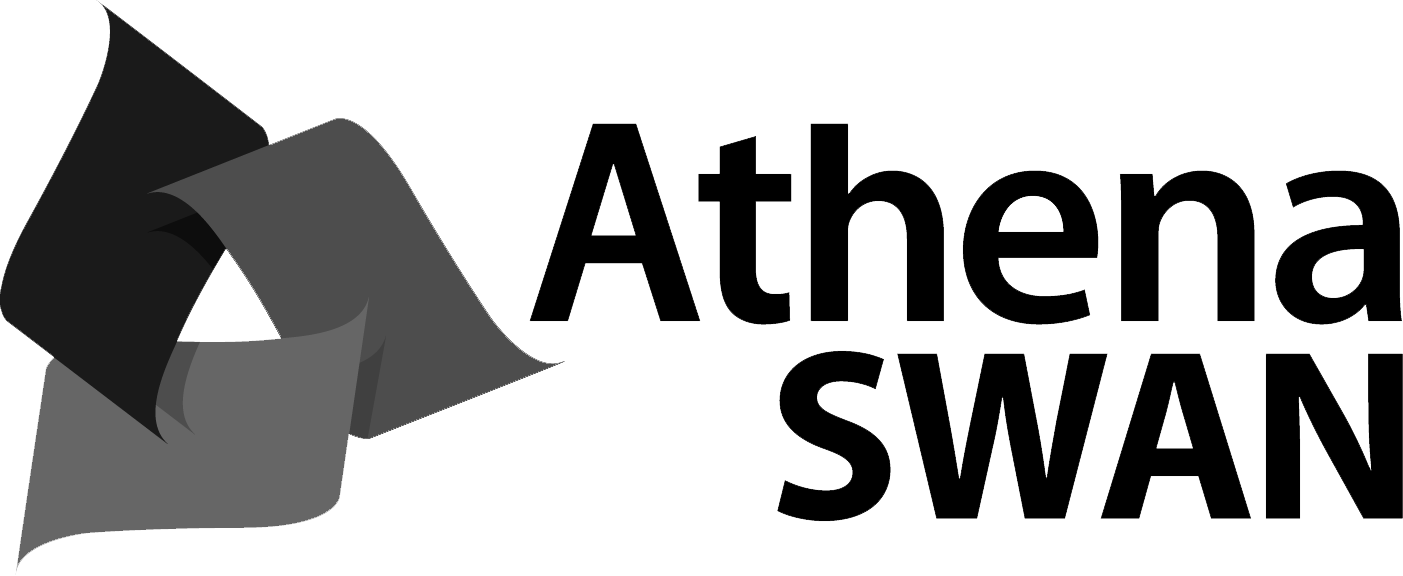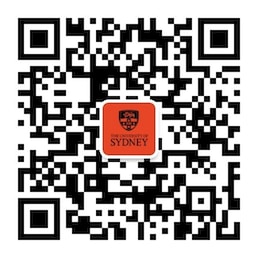This unit of study is the final of three medical radiation science units. It consolidates and extends the students knowledge of foundational radiation physics into more specialised topics related to the practice of diagnostic radiography PET, Radiation Therapy, MRI and multi-modality imaging.
Unit details and rules
| Academic unit | Clinical Imaging |
|---|---|
| Credit points | 6 |
| Prerequisites
?
|
MRSC5038 |
| Corequisites
?
|
None |
|
Prohibitions
?
|
None |
| Assumed knowledge
?
|
None |
| Available to study abroad and exchange students | No |
Teaching staff
| Coordinator | Will Rae, will.rae@sydney.edu.au |
|---|---|
| Lecturer(s) | Mohamad Ali, hanafi.ali@sydney.edu.au |
| Roger Bourne, roger.bourne@sydney.edu.au | |
| Will Rae, will.rae@sydney.edu.au | |
| Dale Bailey, dale.bailey@sydney.edu.au | |
| Ernest Ekpo, ernest.ekpo@sydney.edu.au |





